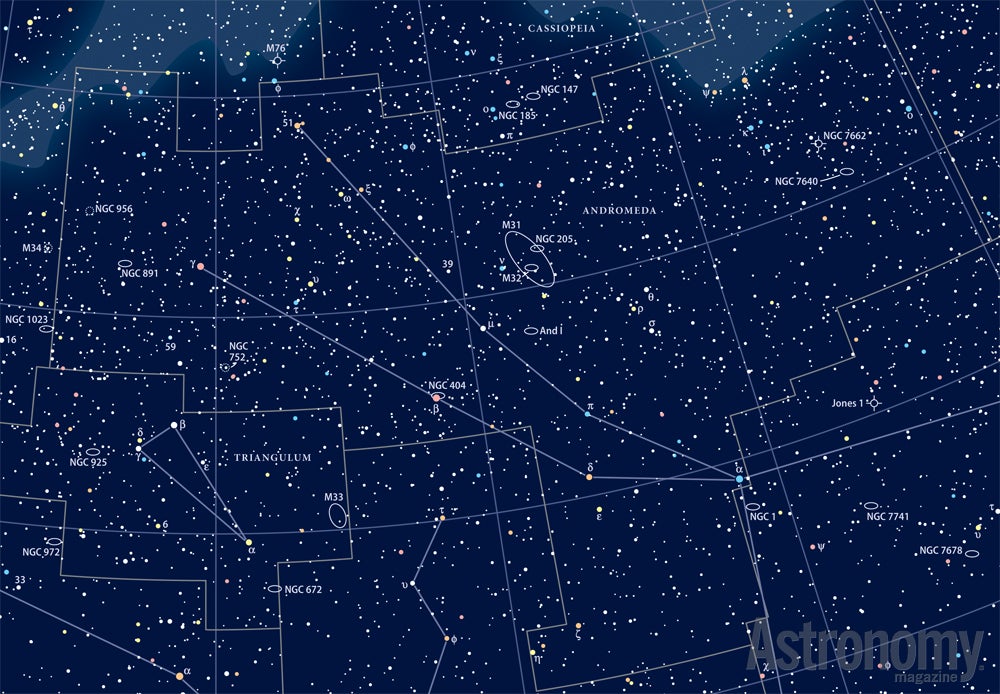For over 10 years, NASA’s Chandra X-ray Observatory has repeatedly observed the Andromeda Galaxy for a combined total of nearly one million seconds. This unique data set has given astronomers an unprecedented view of the nearest supermassive black hole outside our own galaxy.
Astronomers think that most galaxies, including the Milky Way, contain giant black holes at their cores that are millions of times more massive than the Sun. At a distance of just under 3 million light-years from Earth, Andromeda (M31) is relatively close and provides an opportunity to study its black hole in great detail.
Just like the one in the center of the Milky Way, the black hole in Andromeda is surprisingly quiet. In fact, Andromeda’s black hole (M31*) is 10 to 100,000 times fainter in X-ray light than astronomers might expect given the reservoir of gas around it.
“The black holes in both Andromeda and the Milky Way are incredibly feeble,” said Zhiyuan Li of the Harvard-Smithsonian Center for Astrophysics (CfA) in Cambridge, Massachusetts. “These two ‘anti-quasars’ provide special laboratories for us to study some of the dimmest type of accretion even seen onto a supermassive black hole.”
The decade-long study by Chandra reveals that M31* was in a very dim, or quiet, state before 2006. However, on January 6, 2006, the black hole became more than a hundred times brighter, suggesting an outburst of X-rays. This was the first time such an event had been seen from a supermassive black hole in the nearby local universe.
After the outburst, M31* entered another relatively dim state, but it was almost 10 times brighter on average than before 2006. The outburst suggests a relatively high rate of matter falling onto M31* followed by a smaller, but still significant rate.
“We have some ideas about what’s happening right around the black hole in Andromeda, but the truth is we still don’t really know the details,” said Christine Jones, also of the CfA.
The overall brightening since 2006 could be caused by M31* capturing winds from an orbiting star or by a gas cloud that spiraled into the black hole. The increase in the rate of material falling towards the black hole is thought to drive an X-ray brightening of a relativistic jet.
The cause of the outburst in 2006 is even less clear, but it could be due to a sudden release of energy, such as magnetic fields in a disk around the black hole that suddenly connect and become more powerful.
“It’s important to figure out what’s going on here because the accretion of matter onto these black holes is one of the most fundamental processes governing the evolution of galaxies,” said Li.
These results imply that the feeble, but erratic behavior of the black hole in the Milky Way may be typical for present-day supermassive black holes.










